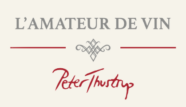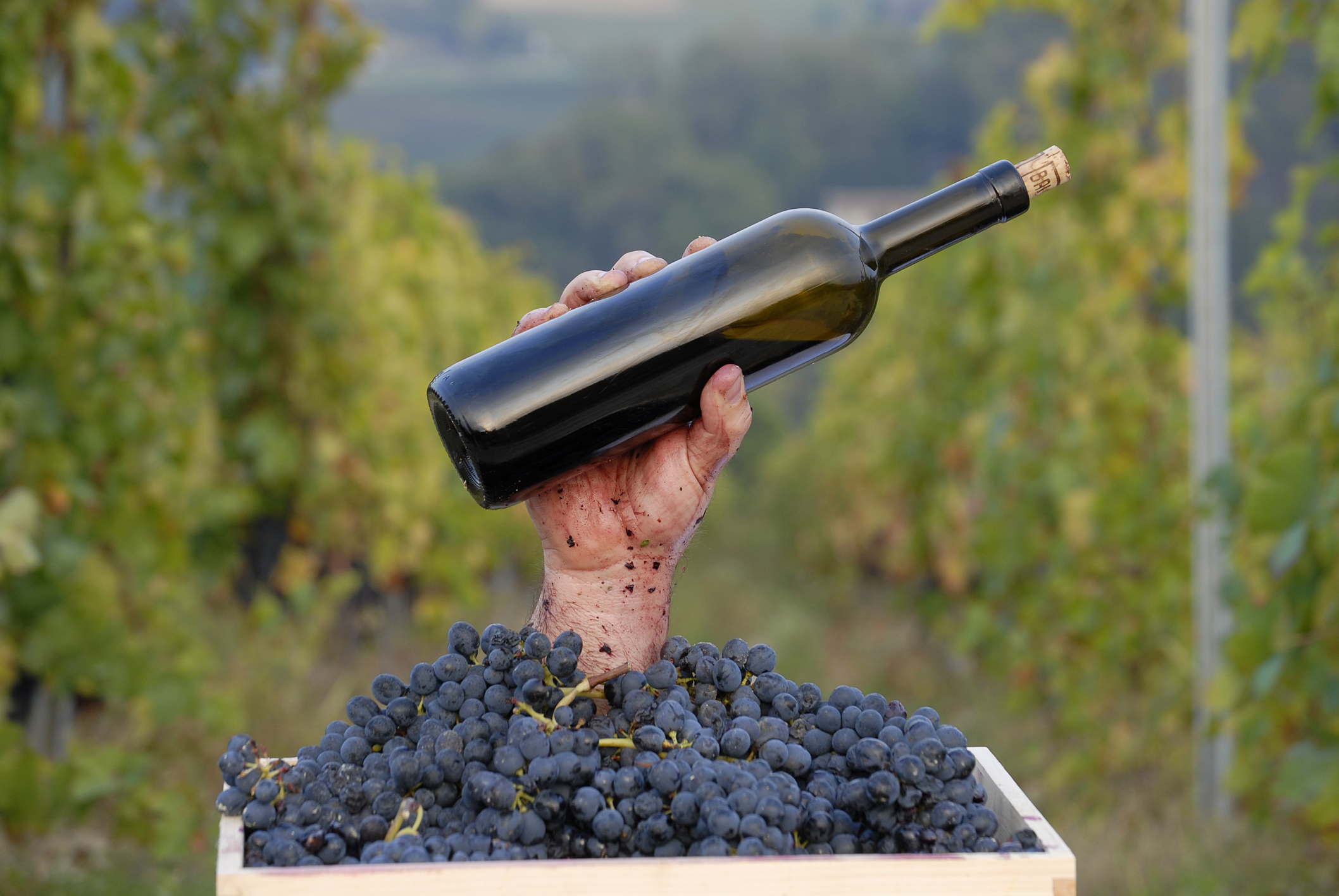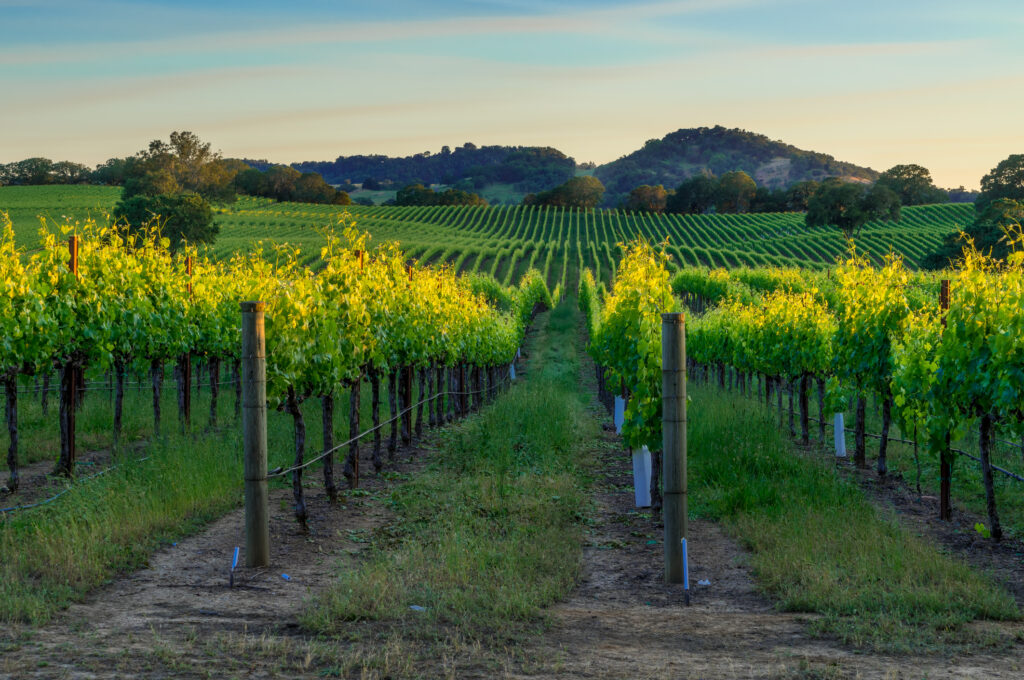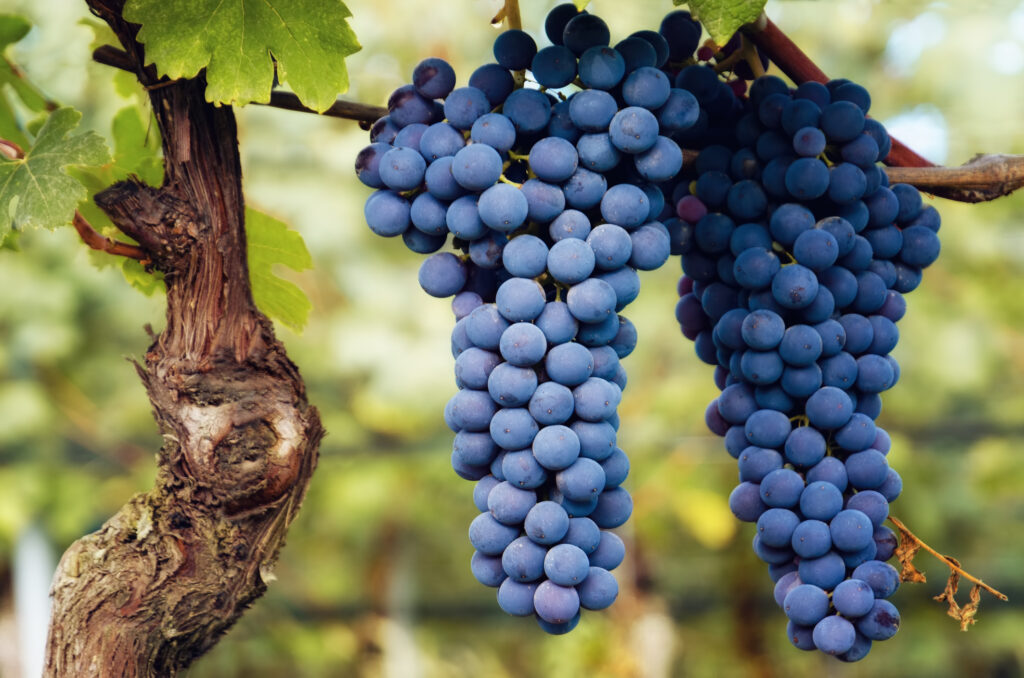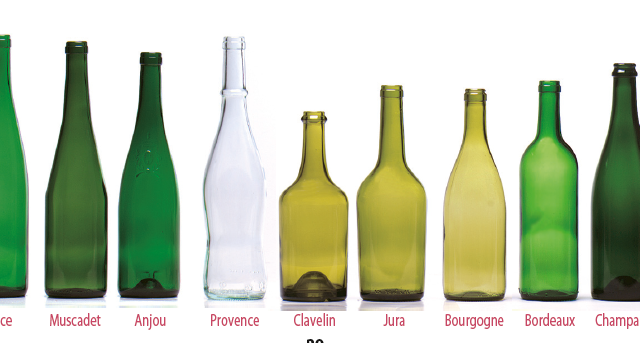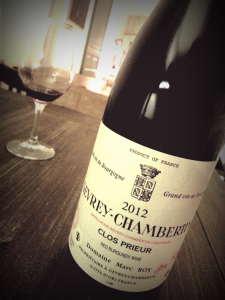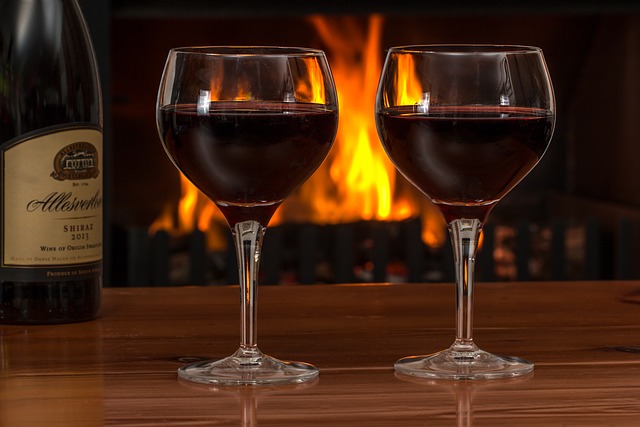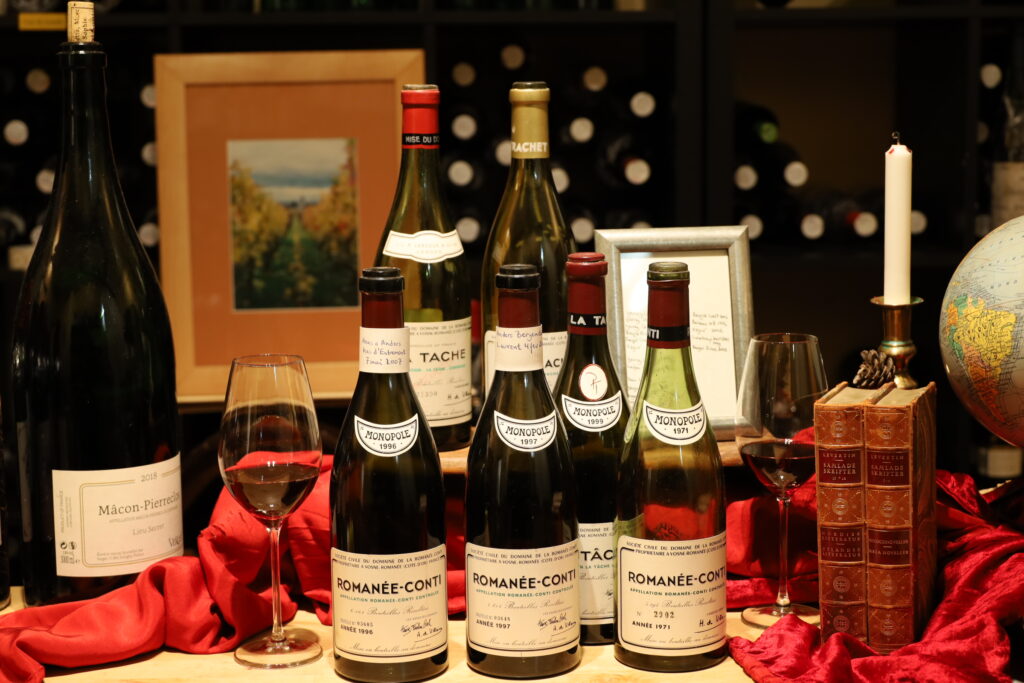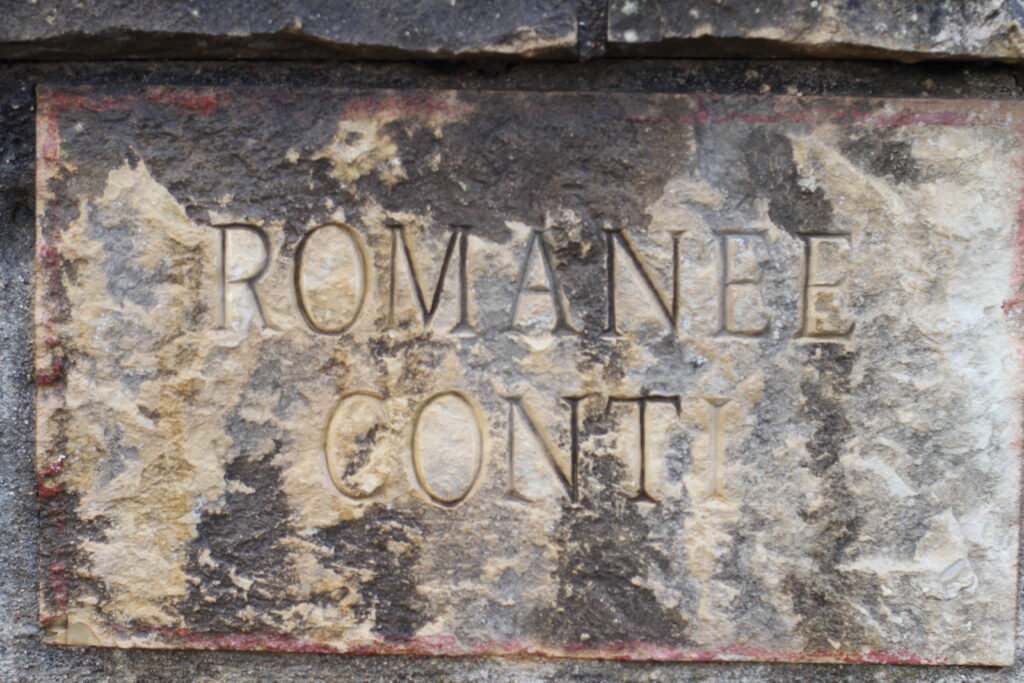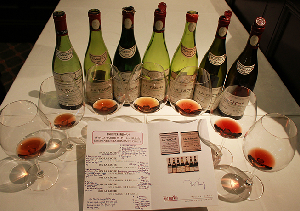
Where to start
When the only thing you know is that you don’t know anything about wine, it’s difficult to know where to start. We have selected some pertinent topics, articles and books for you to get started in your journey into the world of wine. Here you will find information about Burgundy, wine prices, tasting notes and even how to read a wine label. We will also provide you with information on how wine is made, grapes varieties, and which wine regions in France you should explore.
Harvest, vinification and bottling:
Are you wondering how red wine is made?
The process from grape to wine is a fascinating one.
Read about harvest, vinification, bottling here: https://www.laplateformedesvignerons.com/vinification-comment-est-fait-le-vin/
Learn about the wine regions in France:
Here is a short guide to the wine regions and wines produced in France.
What grape varieties are cultivated in France?
You might already know the different grapes varieties such as Chardonnay, Merlot, Pinot noir and more.
If you are curious about what these known names mean in terms of taste, and regions of production, here is a useful link:
Read about the shapes and colours of wine bottles :
You may have noticed that your bottle of rosé looks different than your bottle of Bordeaux. Explore the different shapes and colors of wine bottles here:
Are you wondering how to read a wine label?
A wine label contains a lot of information, useful and yet, this can be confusing. Here is how to read a wine label:
https://www.idealwine.net/apprendre-comment-lire-une-etiquette/
An Introduction to how to read a wine tasting note: a guide through the jungle of wine:
The TASTING SCORES are a rough guide of the tasters opinion, it is however an absurd simplification, but it is a very useful tool when selling and buying in a hurry. However, to get the full view of the taster’s opinion, you have to read the full TASTING NOTE. I’m telling you this because I have read a high SCORE on several occasions, but when reading the NOTE, the taster had doubts about the quality of the wine tasted. The most famous tasters in the world of wine, Robert Parker, Jancis Robinson, Michel Bettane, Neil Martin and for Burgundy lovers, Allen meadows, have been relevant tasters for more than 20 years. It is difficult to talk about a TASTING SCORE system without mentioning them as a reference.There are two variables which mean that the scores are not completely comparable between tasters: Some tasters rate the wines against wines of the same pedigree, Robert Parker and Jancis Robinson. While others use the ratings in an absolute way, as to evaluate the level of pleasure procured by the wine. Parker could theoretically give a 100/100 to a simple Beaujolais. This numerical rating will obviously not be as useful for the reader, in his admirable quest to buy the perfect wine, as when the same rating is given to a Lafite Rothschild. Knowing that Lafite is one of the best wines in the world, a Premier Grands Crus Classée from Bordeaux. A second difference between two tasters can be their preference in the style of a wine. American tasters like wines that are more powerful, easy to access and concentrated. European tasters, for their part, give more importance to finesse and balance. To give you an example: Robert Parker is very fond of powerful wines like the wines of the Rhônes valley, and seductive round wines like Pomerols. Jancis Robinson gives higher marks to refined wines such as Bordeaux, for example Margaux, St Julien and Pauillac. The ratings used for good quality wines range from 15/20 to 18/20. A lower rating indicates a fault in the wine and a higher rating indicates that the wine is clearly exceptional and ratings in these two categories are very rare. These notes of the pleasure of a wine are mainly based on the TASTE, The 5 classic characteristics of the taste of a wine are:
1- Balance 2- Concentration 3- The length 4- Complexity 5- Typicality
But in the tasting, there are 4 OTHER FACTORS that come into play
– THE VISUAL APPEARANCE of the wine “La robe” (clear or not, dark or clear, color)
– THE PERFUME, the nose, olfactive sensation
– THE PRICE which in retrospect can distort the sensation if it is found to be too high or too low
– THE SENSATION that the wine provides, the pleasure of the intoxication, which is an integral and desired quality of the act of consuming wine, and one of the variables that the winemaker considers when making his wine. No one, that I know of, talks about this last variable, which has always amazed me.
The tasting notes are made with two different systems: Parker’s system (inspired by school grades in the United States) is based on a grade of 100, and is mainly used by Americans. The second system is rated out of 20, and is used by journalists and tasters in Europe. Here is a table of approximate correspondence between the two systems. Let me give you an example: a score of 90/100 corresponds to a score of 16/20.
80/100 = 14/20 84/100 = 15/20 90/100 = 16/20 92/100 = 17/20 95/100 = 18/20 98/100 = 19/20 100/100 = 20/20
Here are the links to the two tasters’ rating systems: https://www.robertparker.com/ratings and https://www.wine-searcher.com/critics-1-jancis+robinson
Here you can you find wines, prices, information about vintners, tasting notes and more:
An Introduction to le Domaine de la Romanée Conti:
As an introduction to Domaine de la Romanée Conti, here is an article by Jasper Morris, available on https://www.jancisrobinson.com This brief history of Domaine de la Romanée Conti, is based on two books: Meadows, A., The Pearl of the Côte (2010). and Olney, R., Romanée-Conti (Paris, 1991)
“Domaine de la Romanée-Conti, the most prestigious wine estate in Burgundy, based in Vosne-Romanée. ‘The Domaine’, as it is frequently called, is co-owned by the de Villaine and Leroy families and produces only Grand cru wines: one white, Le Montrachet, and six reds: La Romanée-Conti and La Tâche (both monopoles of The Domaine), Richebourg, Romanée-St-Vivant, Échézeaux, and Grands Échézeaux. For more details of individual wines, see Vosne-Romanée and Échézeaux. The Domaine is the exception to the law according to which no estate in Burgundy may be named after a specific vineyard. Its wines are notable for their richness and longevity.
History
What is now Romanée-Conti was identified by the monks of St-Vivant as Le Cloux des Cinq Journaux in 1512 and sold off, as Le Cros de Cloux, in 1584 to Claude Cousin. His nephew and heir Germain Danton sold again to Jacques Vénot in 1621. Vénot’s daughter married a Croonembourg, which family retained the vineyard, now known as La Romanée (first mentioned in 1651), for four generations until it was sold to the Prince de Conti in 1760. The title La Romanée-Conti was not used, however, until after dispossession by the revolutionaries and its sale by auction in 1794. Romanée-Conti was bought by Julien Ouvard in 1819 and sold by his heirs to Jacques-Marie Duvault-Blochet 50 years later. Duvault-Blochet’s eventual heirs were the de Villaine family. In 1911, Edmond Guidon de Villaine became director of what was now known as the Domaine de la Romanée-Conti, selling a half-share in 1942 to his friend Henri Leroy. Over the years, Duvault-Blochet built up major vineyard ownership including part of Échezeaux, Grands Échézeaux, Richebourg, and the section of La Tâche known as Les Gaudichots. In 1933, the rest of La Tâche was bought from the Liger-Belair family, making a monopoly, and a small holding of Le Montrachet (0.67 ha/1.6 acres) was added in three slices between 1963 and 1980. The Domaine entered into a long-term contract to farm and produce the wines of Domaine Marey-Monge’s holding of Romanée-St-Vivant before eventually buying the land in 1988. This necessitated selling part of their Échézeaux vineyards and a slice of Grands Échézeaux, although they continue to farm the land and bottle the wines. From 2009 the Domaine has also made a Corton, having leased three vineyards there from the estate of Prince Florent de Mérode. The produce of further vineyards owned by the Domaine in Vosne-Romanée and Bâtard-Montrachet is sold in bulk or kept for domestic consumption. Today the Domaine continues to be owned jointly by the de Villaine and Leroy/Roch families, with Aubert de Villaine and Henri-Frédéric Roch in place as co-directors.”
N.B: -Today, the Domaine also produces a Corton Charlemagne from the vines of the Domaine de Bonneau de Martray.
-Henri-Frédéric Roch, following his death in 2018, was succeeded by Madame Perrine Fenal, daughter of Madame Lalou Bize-Leroy.
